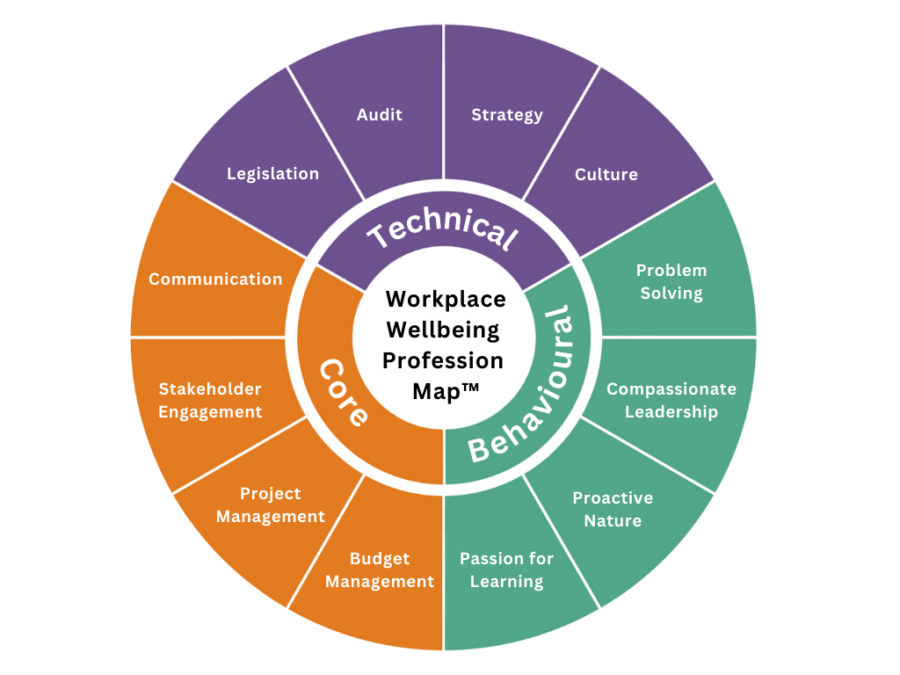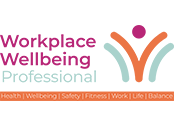Workplace wellbeing has surged into the spotlight over recent years. Catalysed by the pandemic, organisations across the UK rapidly adopted initiatives in an attempt to support the health and wellbeing of their colleagues.
Whilst many of these efforts began with good intentions, webinars, free fruit and wellbeing days, they often lacked long-term impact. Now, with staff expectations rising, demands intensifying and cuts to wellbeing budgets of many organisations, workplace wellbeing professionals are at a crucial crossroads: continue the ad-hoc approach or begin a strategic and preventative approach.
To really make a positive impact on the health and wellbeing of their colleagues going forward, many workplace wellbeing professionals are going to have to develop to ensure they navigate in the right direction. To help get a head start in your development, here are three key steps to becoming the best possible workplace wellbeing professional:
1. Develop a Strategic Mindset: Go Beyond the “Programme Lead” Mentality
One of the biggest challenges in the workplace wellbeing space today is the risk of being seen as someone who “only runs a wellbeing programme”. Many professionals find themselves tasked with running employee assistance programmes (EAPs), booking guest speakers and coordinating events. These are valuable tasks, but far from the strategic influence the role demands to make real, sustainable impact to their organisational culture.
To move beyond this, you must:
- Align wellbeing initiatives with organisational objectives.
- Focus on prevention of work-related ill-health, not just reactive support.
- Engage leadership in recognising improved workplace wellbeing as a driver of productivity, retention and talent attraction.

You can use tools like our Workplace Wellbeing Profession Map™ to benchmark yourself against key competencies and identify areas for your development. It demonstrates the wider value of improving working practices beyond improved employee wellbeing, and showcases that in the process you will also improve engagement, motivation and performance. Doing this begins to position you as a key business partner, not just a service provider.
2. Champion Consistency and Professional Standards
The wellbeing profession exploded in popularity without regulation and governance during the COVID-19 pandemic. The overnight increase in demand led to many organisations wanting to recruit someone in-house, but without the guidance on who they should be hiring, and what their job role should look like.
Unfortunately, this has now led to inconsistencies in job roles, expectations and outcomes. As a result, what one organisation defines as a “wellbeing lead” may look entirely different in another.
To stand out and elevate the profession, you should:
- Advocate for clarity and standardisation in your role. If you do not have workplace wellbeing within your job specification, add it. Ensure it goes into detail about your strategic influencing role, rather than only focussing on leading a programme.
- Stay informed on evidence-based practices that drive meaningful results.
- Share success stories and data to prove the effectiveness of strategic interventions.
Our Level 5 Diploma in Leading Strategic Workplace Wellbeing is designed to address this gap by giving the profession an accredited qualification that has been missing for so long. By understanding and being able to apply the most up-to-date evidence and helping you to define what your role should look like to make real impact, you will help shift the industry toward greater credibility, consistency and trust.
3. Educate and Influence Senior Leaders
Perhaps the most critical step is redefining how others view your role, especially senior leaders. Too often, workplace wellbeing is perceived as soft or a “nice-to-have”. It’s up to workplace wellbeing professionals like us to reframe wellbeing as a business-critical priority.
Here is how to influence upwards:
- Articulate how evidence-based wellbeing initiatives impact key business metrics like retention, motivation and performance.
- Show that you are not just about events but about creating systemic cultural change through looking at the employee lifecycle.
- Educate leaders on the difference between short-term and often “tick-box” interventions and long-term, embedded strategies.
Having the confidence — and evidence — to challenge outdated perceptions is essential. By highlighting the multi-dimensional nature of your work, from mental health and financial wellbeing to line-management and leadership development, you can help senior leaders start to appreciate your true value.
The Road Ahead
As a profession, we as workplace wellbeing professionals are facing a pivotal moment. If we continue with ad-hoc, unconnected initiatives we risk being pushed aside. The other option is that we begin to highlight our value as strategic leaders who drive meaningful and lasting cultural change.
By focusing on strategic thinking, professional consistency and leadership influence, you can be more than a “programme lead”. You can be the catalyst for healthier, happier and more productive workplaces.
The choice is ours. What do you choose?
Elliot Foster
Elliot Foster is a Workplace Wellbeing Strategy Consultant at SuperWellness, a workplace wellbeing company focused on prevention. As a qualified Organisational Psychologist, Elliot has helped organisations from many different sectors move away from “tick-box” wellbeing to thinking more strategically. He is hugely passionate about supporting Workplace Wellbeing Professionals, having developed the Workplace Wellbeing Profession Map™, its free self-assessment tool and the groundbreaking Level 5 Diploma in Leading Strategic Workplace Wellbeing.



